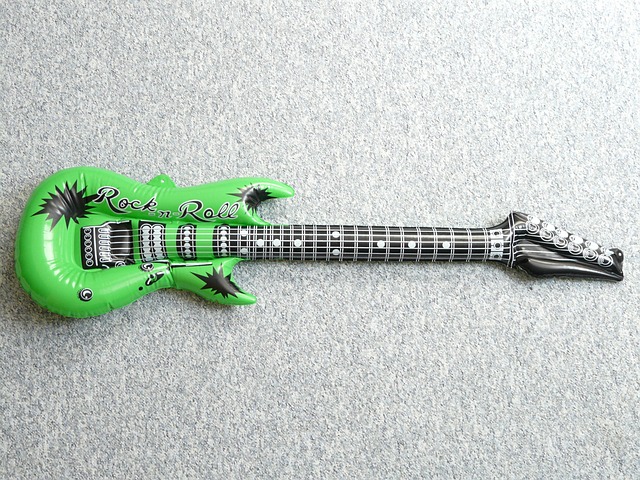Sound clip comparisons are crucial for evaluating and enhancing the audio quality of car modifications, especially Cold Air Intake (CAI) systems. By critically analyzing pitch, volume, and timbre, enthusiasts can distinguish well-designed intakes from high-performance ones. Advanced audio processing techniques, combined with these comparisons, allow users to fine-tune CAI setups for optimal sound effects that boost driving experience and showcase vehicle modifications' mechanical beauty. Best practices for comparing CAI sound effects include using high-quality equipment, standardized conditions, volume normalization, software analysis of frequency response and dynamic range, and blind testing for enhanced objectivity.
Sound clip comparisons are an essential tool in evaluating and enhancing automotive experiences, particularly when it comes to cold air intake systems. This article delves into the art of understanding these comparisons, highlighting the impact of cold air intake sound effects enhancement on vehicle performance and aesthetics. We explore best practices for accurate evaluations, ensuring optimal results. By examining these aspects, enthusiasts and professionals alike can appreciate the refined soundscapes that upgraded intakes deliver, enhancing both driving pleasure and vehicle identification.
- Understanding Sound Clip Comparisons
- The Role of Cold Air Intake Sound Effects Enhancement
- Best Practices for Accurate Evaluations
Understanding Sound Clip Comparisons

Sound clip comparisons are a powerful tool for evaluating and enhancing audio quality, particularly in areas like car modifications. When it comes to cold air intake (CAI) sound effects, these comparisons become even more crucial. By examining and contrasting different CAI systems through sound clips, enthusiasts can gain insights into the nuances of each setup—from the subtle hiss of a well-designed intake to the aggressive roar of a high-performance system.
This process involves listening critically to various sound effects, focusing on elements like pitch, volume, and timbre. Enhancements in these aspects can transform an ordinary driving experience into a thrilling symphony. Advanced audio processing techniques, combined with these comparisons, enable users to fine-tune their CAI systems, ensuring optimal sound effects that not only enhance the drive but also highlight the mechanical beauty of the vehicle’s modifications.
The Role of Cold Air Intake Sound Effects Enhancement

In the realm of automotive tuning, the addition of a cold air intake (CAI) is often sought after for its performance benefits, but it also plays a surprising role in enhancing sound effects. The cold air intake sound effects enhancement is a unique aspect that captivates car enthusiasts and audiophiles alike. As cold air enters the engine through a specialized intake system, it creates a distinct, deeper, and more aggressive sound compared to standard air filters. This enhancement is particularly noticeable during acceleration, as the increased airflow interacts with the intake components, producing a throaty growl or a sharp crackle, depending on the design.
The effect is achieved by carefully engineered intake tubes and chambers that manipulate airflow dynamics. These modifications ensure that the air is drawn in at a specific velocity and temperature, resulting in a unique acoustic signature. Many vehicle owners appreciate this enhancement for its ability to improve the overall driving experience, offering a more responsive and exhilarating feel while also adding a distinctive sound profile that sets their modified vehicles apart.
Best Practices for Accurate Evaluations

When evaluating sound clips, especially those focusing on cold air intake (CAI) sound effects, adherence to best practices ensures accurate and reliable comparisons. One crucial aspect is using high-quality audio equipment for recording and playback, as this minimizes background noise and distortion. Standardized testing conditions, including consistent ambient temperature and humidity, are essential to level the playing field between different CAI systems.
Additionally, comparing clips at similar volumes prevents one system from sounding louder simply due to enhancement capabilities. Utilize specialized software to analyze frequency response and dynamic range, as these metrics directly impact the perceived quality of sound effects. Lastly, blind testing can eliminate bias, allowing for more objective judgments on the naturalness and effectiveness of each CAI’s sound effects.
Sound clip comparisons are a powerful tool in evaluating and enhancing automotive experiences, particularly when it comes to the distinctive notes of a cold air intake system. By understanding the nuances of these comparisons and employing best practices, enthusiasts can accurately assess the impact of enhancements like cold air intake sound effects. This ensures that any modifications not only improve performance but also deliver an exhilarating auditory experience, transforming the driving journey into a symphony of power and precision.














